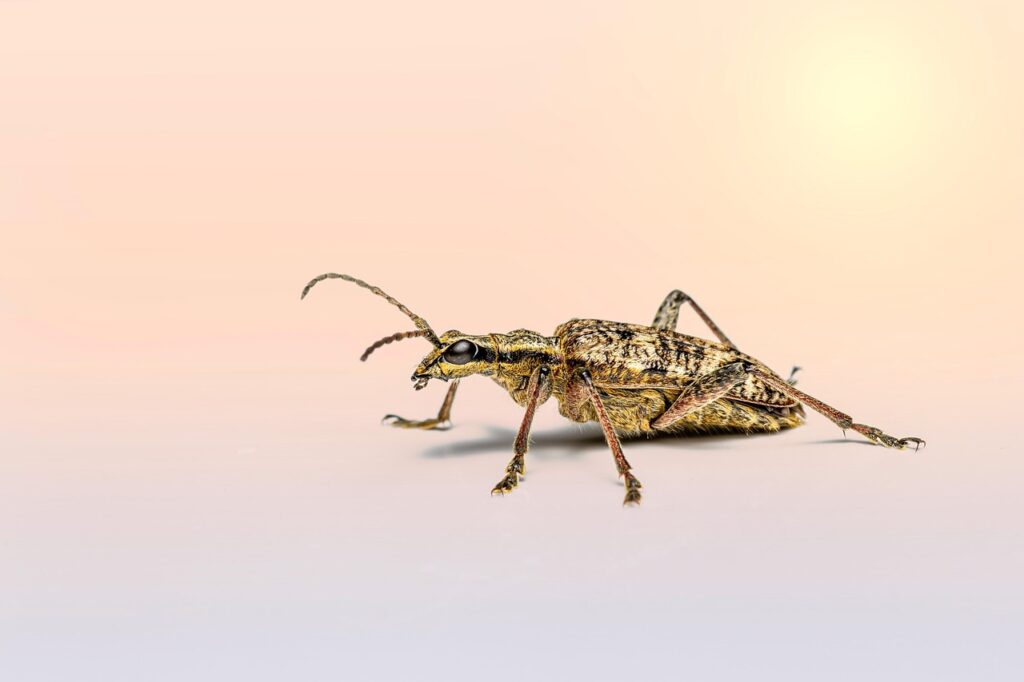Picture this: you’re scooping rice from your pantry bag when suddenly a tiny brown beetle crawls out, seemingly unbothered by your presence. Your first instinct might be to blame the grocery store or assume it’s a recent invasion. But here’s the unsettling truth – that little beetle has likely been living in your rice far longer than you’d ever imagine, possibly since before the grains even reached the store shelves.
The Rice Weevil’s Secret Life Cycle
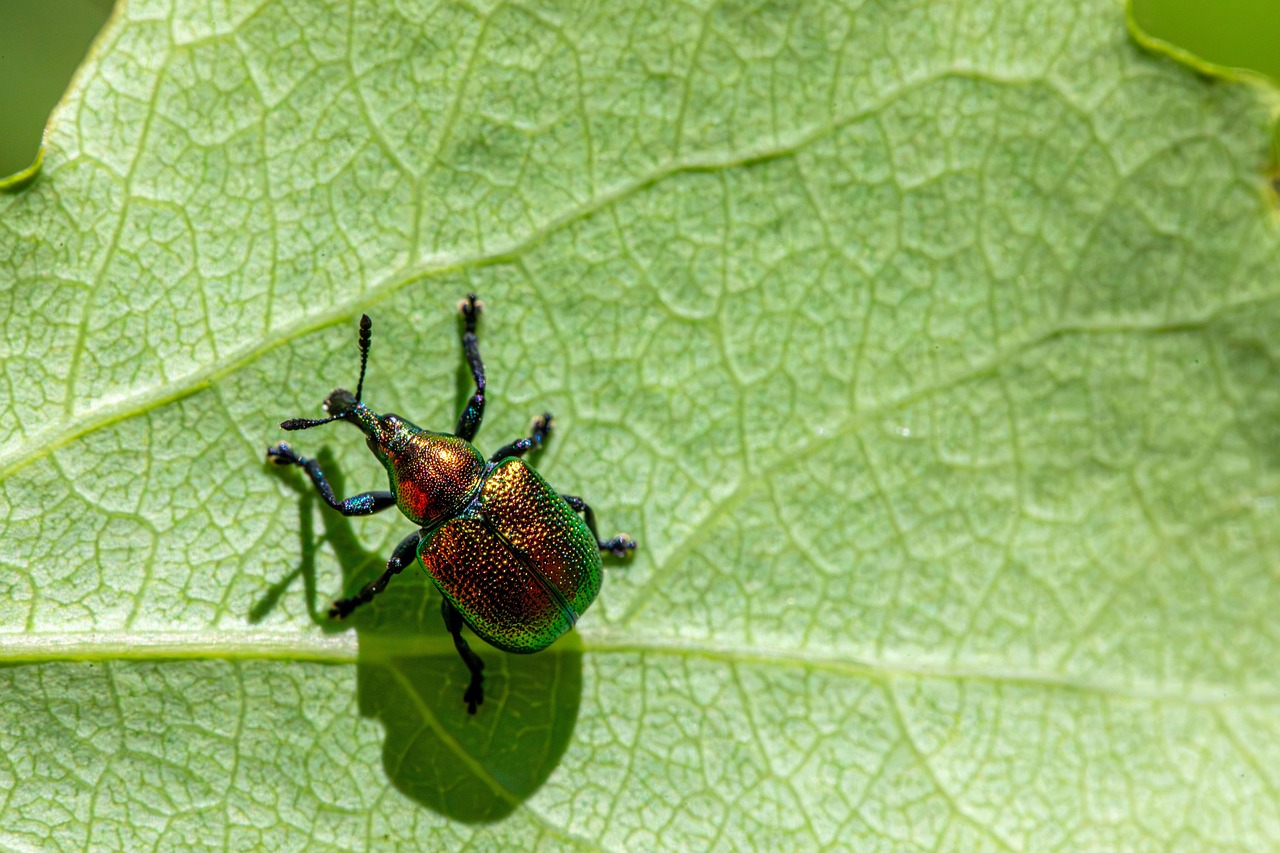
The rice weevil (Sitophilus oryzae) doesn’t just randomly appear in your pantry like some unwelcome dinner guest. This tiny terrorist has been orchestrating a sophisticated long-term invasion that began months ago. Female rice weevils possess a remarkable ability to bore microscopic holes directly into individual rice grains using their specialized snouts, called rostrums.
Once inside a grain, she deposits a single egg and seals the entrance with a secretion that hardens like cement. The grain looks completely normal from the outside, showing no signs of the developing life within. This process can happen in rice fields, storage facilities, processing plants, or even during transport – meaning your “fresh” rice might already be hosting dozens of future beetles.
From Egg to Adult: The Hidden Transformation
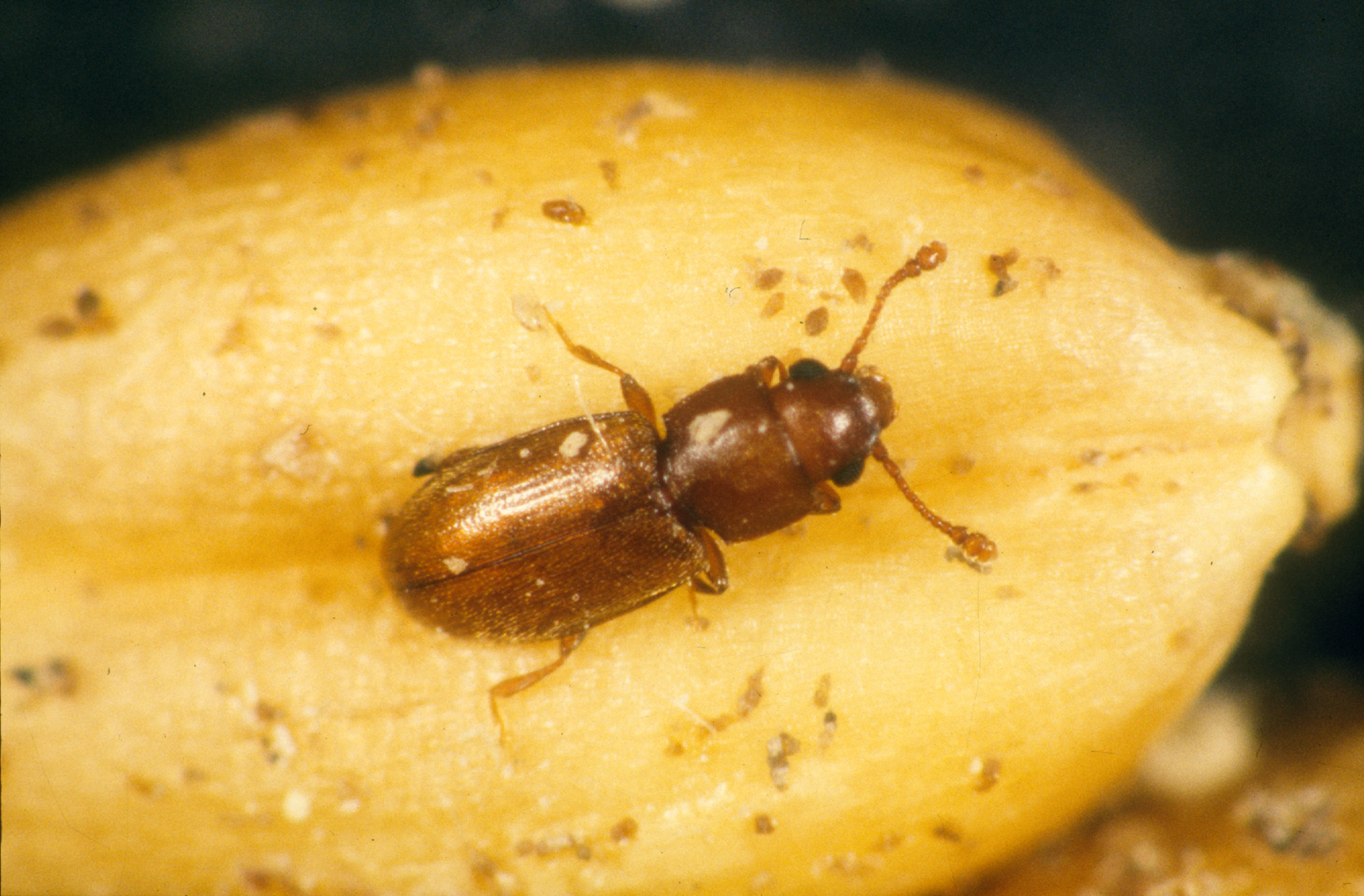
What happens next reads like something from a science fiction novel. The tiny egg hatches inside the grain, releasing a legless larva that begins consuming the rice from the inside out. This larva is essentially trapped in its own personal rice prison, but it doesn’t mind – it has everything it needs to grow and develop.
The transformation takes approximately 30 to 40 days under optimal conditions. The larva molts several times, growing larger with each stage while hollowing out the grain. Eventually, it pupates within the same grain that has been its home and food source since birth. The adult beetle then chews its way out, leaving behind the characteristic small, round exit hole that many people mistake for damage that occurred during processing.
Why You Never See the Early Stages
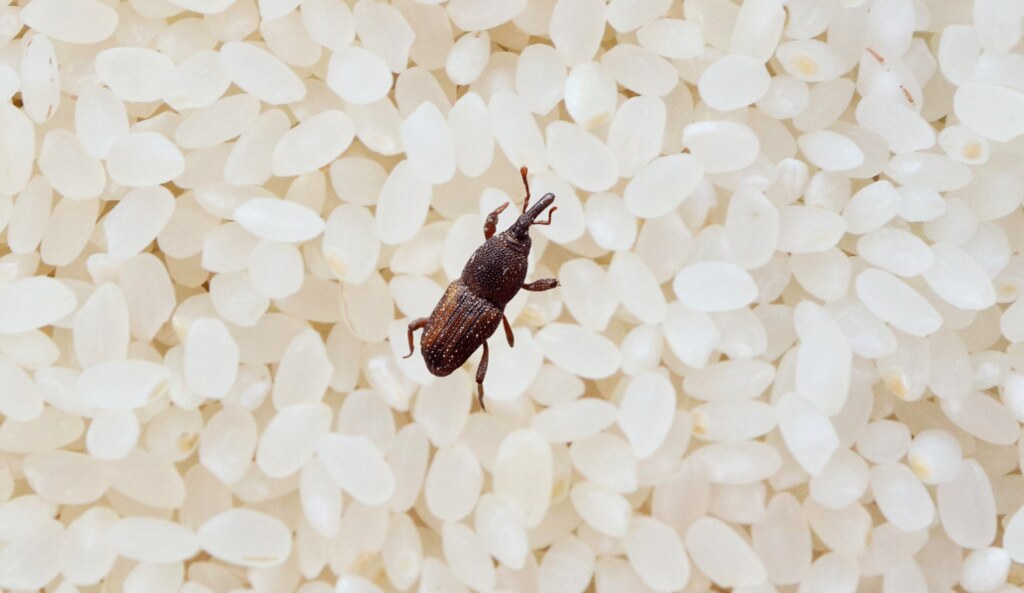
The reason rice weevil infestations seem to appear “overnight” is because the entire juvenile development occurs completely hidden from view. Unlike other pantry pests that might leave obvious signs of their presence, rice weevils are masters of stealth. The infested grains look identical to healthy ones until the adult beetles emerge.
This invisible development period means that a bag of rice can contain hundreds of developing beetles without showing any external signs of infestation. By the time you notice the first adult beetle, there are likely many more at various stages of development still hidden within the grains. It’s like discovering the tip of an iceberg – what you see represents only a fraction of the actual population.
The Global Journey of Infested Rice
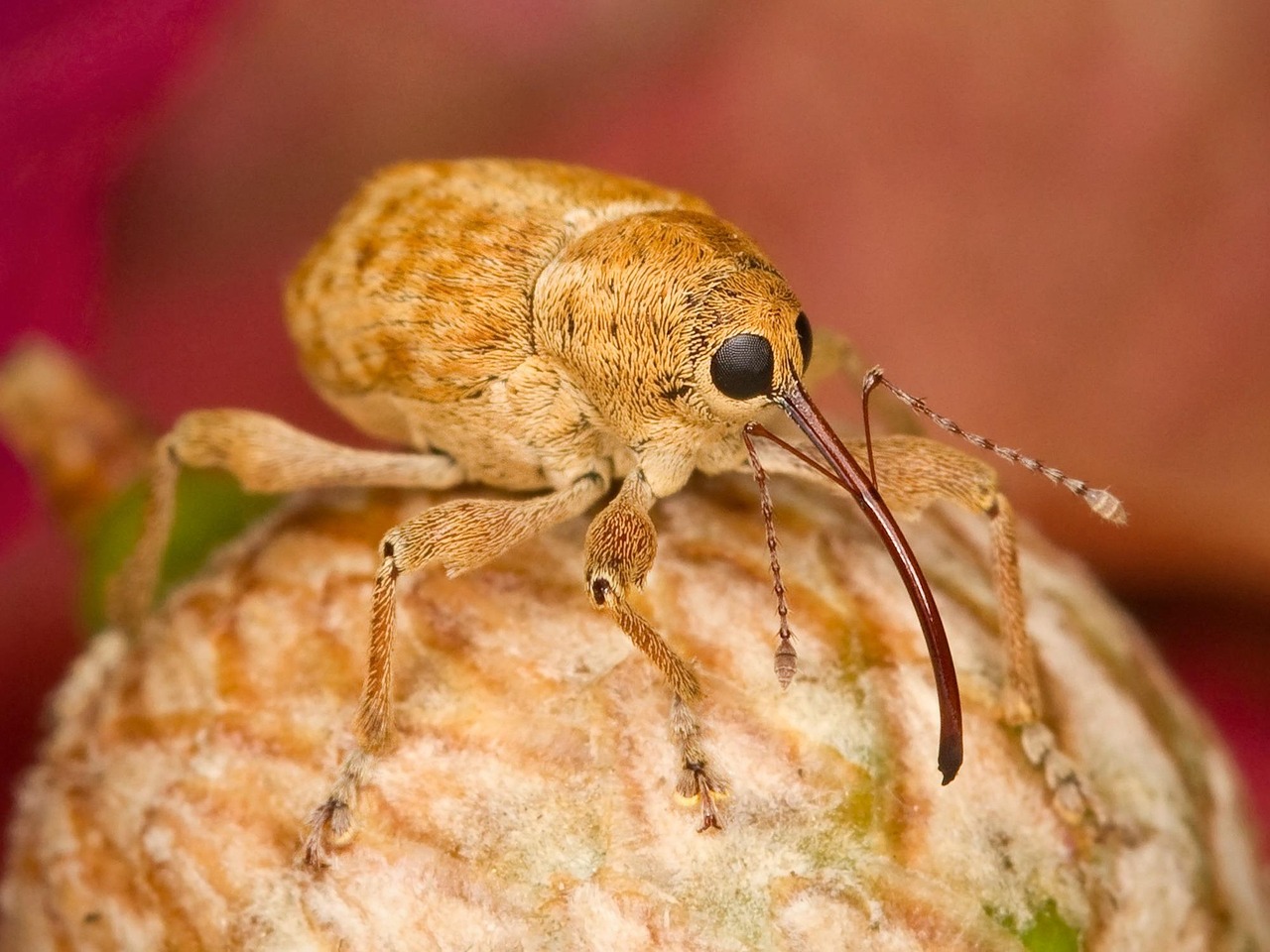
Rice weevils are cosmopolitan travelers, meaning they’ve spread to virtually every corner of the globe where rice is stored or consumed. Your rice might have picked up its beetle passengers anywhere along its journey from field to table. These insects can survive in rice stored in warehouses for months or even years, slowly building their populations.
International trade has made rice weevils one of the most widespread stored grain pests on Earth. A single shipment of rice from Asia to North America might carry thousands of developing beetles, each one ready to continue the cycle once they reach their destination. The global nature of food distribution means that even locally purchased rice might have traveled thousands of miles, picking up hitchhikers along the way.
Temperature and Time: The Perfect Storm
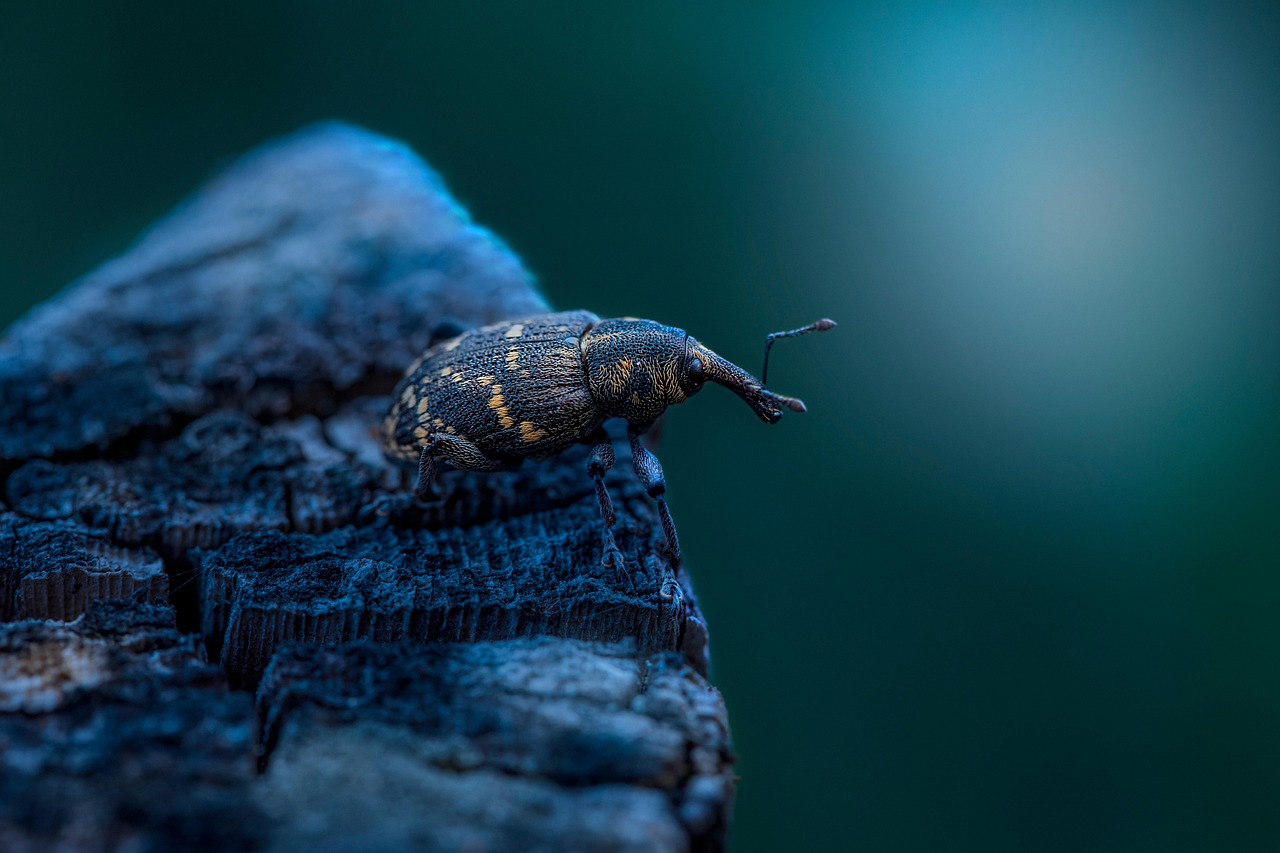
Rice weevils thrive in warm, humid conditions, which unfortunately describes many storage and transportation environments perfectly. Temperatures between 80-95°F (27-35°C) create ideal conditions for rapid development and reproduction. In tropical and subtropical regions, where much of the world’s rice is produced, these conditions exist year-round.
The beetles can survive in surprisingly cold conditions too, though their development slows dramatically. In cooler climates, the development cycle can extend to several months, meaning beetles might be developing in your rice throughout an entire season. This temperature tolerance explains why rice weevils can establish populations in climate-controlled warehouses and even in home pantries where temperatures remain relatively stable.
Detection: The Art of Spotting Hidden Invaders
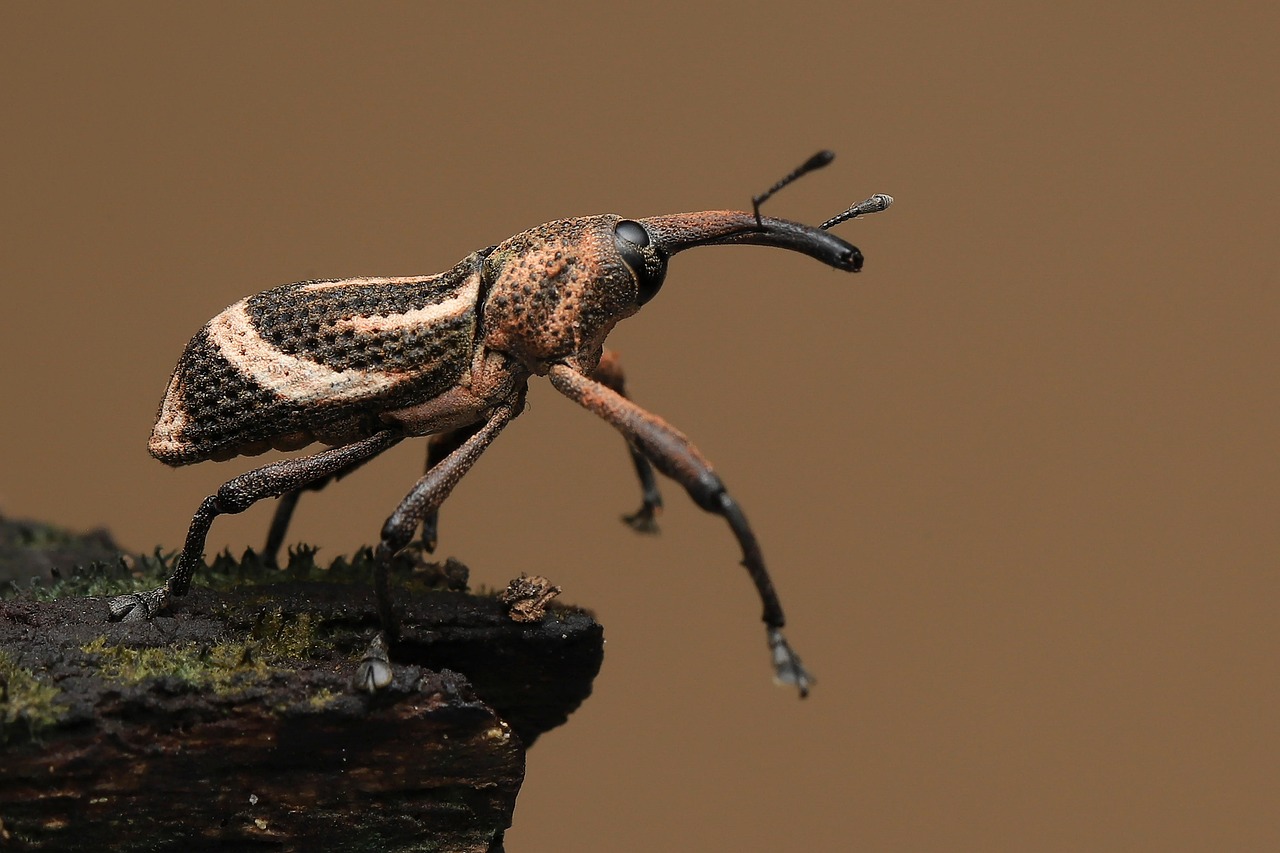
Identifying rice weevil infestations requires a keen eye and knowledge of what to look for. Adult beetles are small, measuring only 2-3 millimeters long, with distinctive long snouts and reddish-brown coloration. They’re surprisingly good at hiding, often burrowing deeper into rice when disturbed.
The most reliable sign of infestation is the presence of small, round exit holes in individual grains. These holes are perfectly circular and clean-cut, unlike the jagged damage caused by other pests. Infested grains may also feel lighter than normal ones because the interior has been consumed. Some people report a slightly sweet, musty odor in heavily infested rice, caused by the beetles’ waste products and the fermentation of damaged grains.
The Multiplication Factor
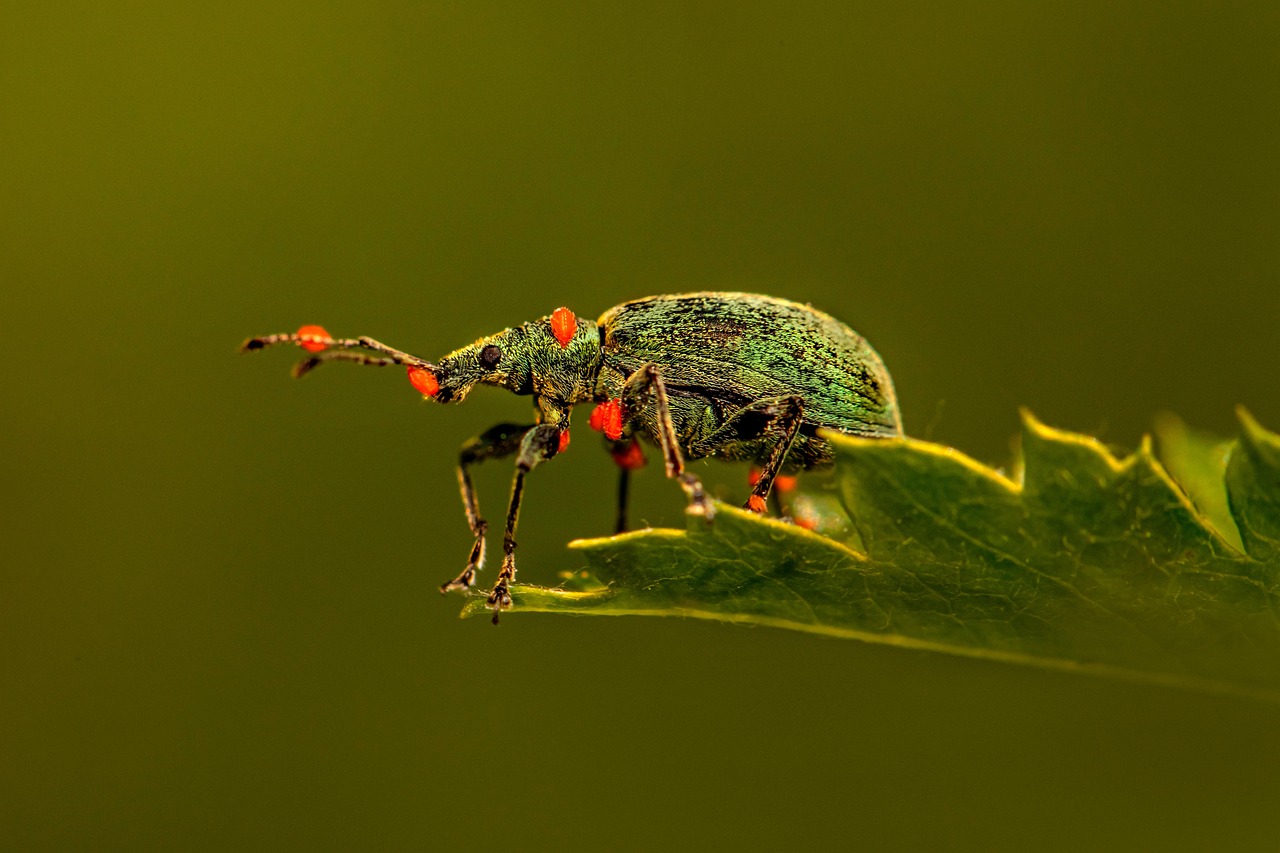
Rice weevils are incredibly prolific reproducers, which explains how small infestations can explode into major problems seemingly overnight. A single female can lay up to 400 eggs during her lifetime, and under optimal conditions, she can produce a new generation every month. This exponential growth means that even a few beetles can create thousands of offspring in just a few months.
The mathematics are staggering: if just 10 female beetles each lay 200 eggs, and half of those develop into females, you could theoretically have 1,000 new egg-laying females in the next generation. This exponential growth pattern explains why rice weevil populations can reach enormous numbers in stored grain, sometimes comprising millions of individuals in large storage facilities.
Ancient Companions: A Historical Perspective
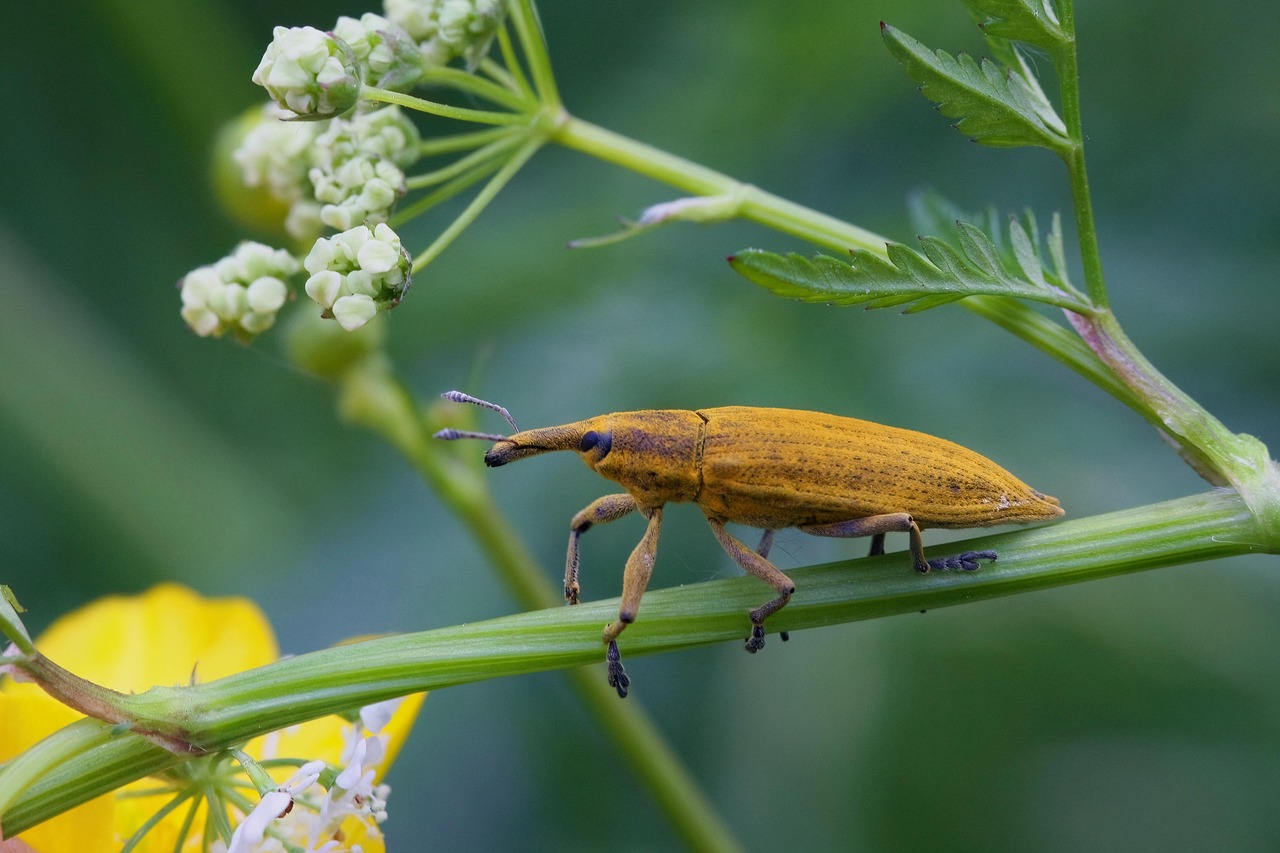
Rice weevils have been humanity’s unwanted companions for millennia, with archaeological evidence suggesting they’ve been infesting stored grains for over 3,000 years. Ancient Egyptian tombs have yielded perfectly preserved rice weevils, testament to their long association with human food storage. These beetles have essentially co-evolved with human civilization, adapting to our storage methods and following our trade routes across continents.
Historical records from medieval Europe describe “worms in the wheat” that were almost certainly rice weevils and their relatives. The problem became so severe during certain periods that special prayers were offered for protection against grain pests. This historical context helps explain why rice weevils are so perfectly adapted to living in stored grains – they’ve had thousands of years to perfect their techniques.
The Economics of Infestation
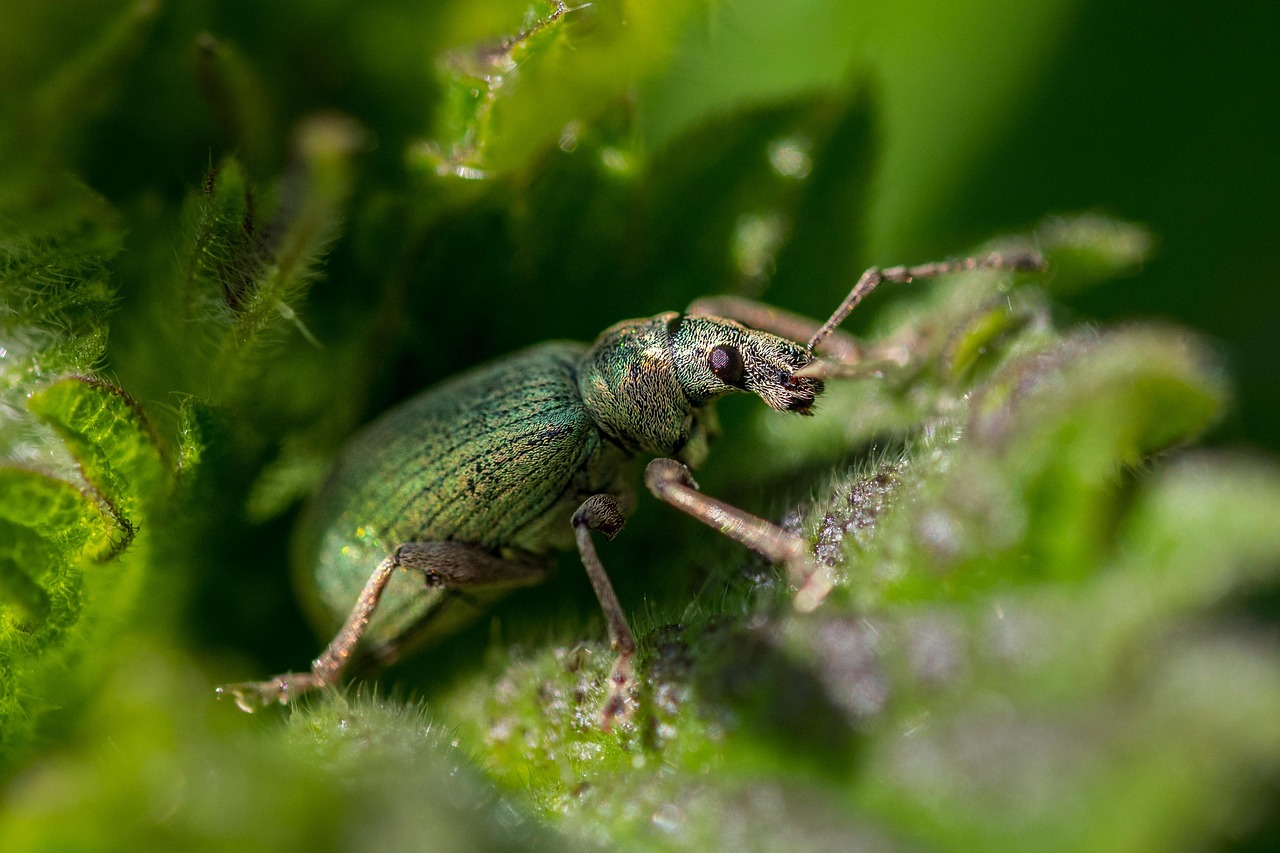
Rice weevils cause billions of dollars in agricultural losses worldwide each year. In developing countries, where rice is a staple food and storage facilities may be less sophisticated, losses can reach 20-30% of stored grain. These losses don’t just represent economic damage – they can contribute to food insecurity in vulnerable populations.
The economic impact extends beyond simple grain loss. Infested rice often requires costly treatment or disposal, and the presence of beetles can contaminate entire storage facilities. Food manufacturers spend enormous amounts on pest control and quality assurance programs designed to prevent rice weevil infestations from reaching consumers. The hidden costs of these tiny beetles ripple through the entire food system.
Natural Predators and Biological Control
In nature, rice weevils face pressure from various predators and parasites that help keep their populations in check. Tiny parasitic wasps, such as Anisopteromalus calandrae, specialize in attacking rice weevil larvae and pupae inside grain kernels. These wasps can detect infested grains by chemical cues and inject their own eggs into the developing weevils.
Spider species, particularly those that hunt in storage areas, also prey on adult rice weevils. Some storage facilities have experimented with introducing beneficial insects as biological control agents, though this approach requires careful management to avoid introducing new problems. The complex web of predator-prey relationships in grain storage ecosystems demonstrates that rice weevils are just one component of a larger biological community.
Cultural and Culinary Perspectives
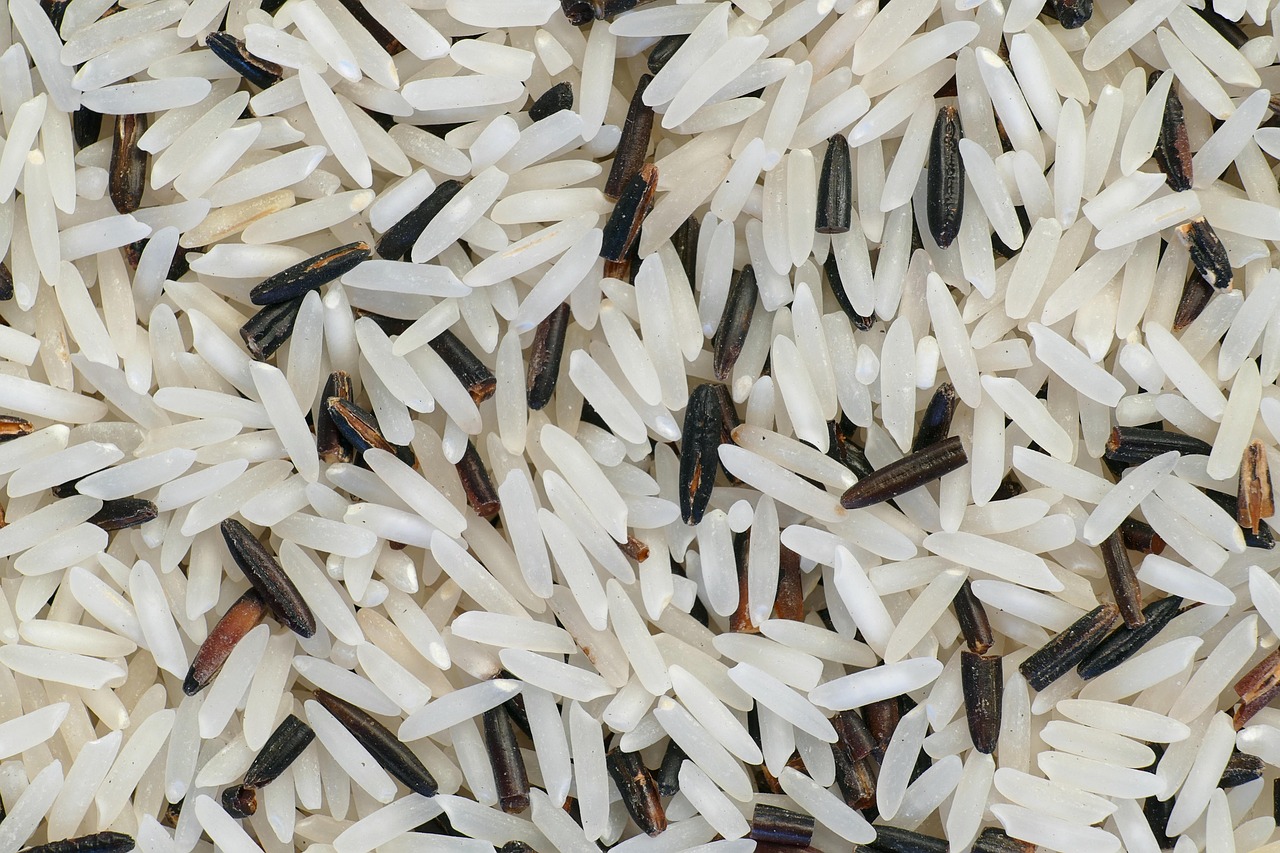
Different cultures have varying attitudes toward insects in food, and rice weevils are no exception. In some parts of the world, the occasional beetle in rice is considered a minor inconvenience rather than a major contamination issue. Traditional storage methods often incorporated the expectation that some insect presence was inevitable.
Interestingly, some cultures have developed culinary practices that actually utilize insects found in grains. While rice weevils themselves aren’t typically consumed intentionally, their presence in stored grains has led to various folk remedies and traditional preservation techniques. These cultural perspectives provide valuable insights into sustainable approaches to managing grain storage without relying exclusively on chemical treatments.
Prevention: Breaking the Cycle
Preventing rice weevil infestations requires understanding their biology and interrupting their life cycle at vulnerable points. Temperature control is one of the most effective approaches – storing rice at temperatures below 60°F (15°C) significantly slows development and reproduction. Freezing rice for 48 hours before storage can kill eggs and larvae already present in the grains.
Proper storage containers also play a crucial role. Airtight containers prevent adult beetles from accessing stored rice and can trap those already present, preventing them from spreading to other food items. Some people use bay leaves, diatomaceous earth, or other natural deterrents, though scientific evidence for their effectiveness varies. The key is creating an environment where beetles cannot complete their life cycle successfully.
The Future of Rice Storage
Advances in food storage technology are creating new possibilities for managing rice weevil infestations. Modified atmosphere packaging, which alters the gas composition around stored grains, can prevent beetle development without using chemical pesticides. Irradiation technology can sterilize rice without affecting its nutritional value or taste.
Researchers are also exploring genetic approaches to pest control, including the development of sterile insect techniques and genetically modified storage containers that release pest-specific pheromones. These innovations represent the cutting edge of sustainable pest management, offering hope for reducing rice weevil problems while minimizing environmental impact.
What This Means for Your Kitchen
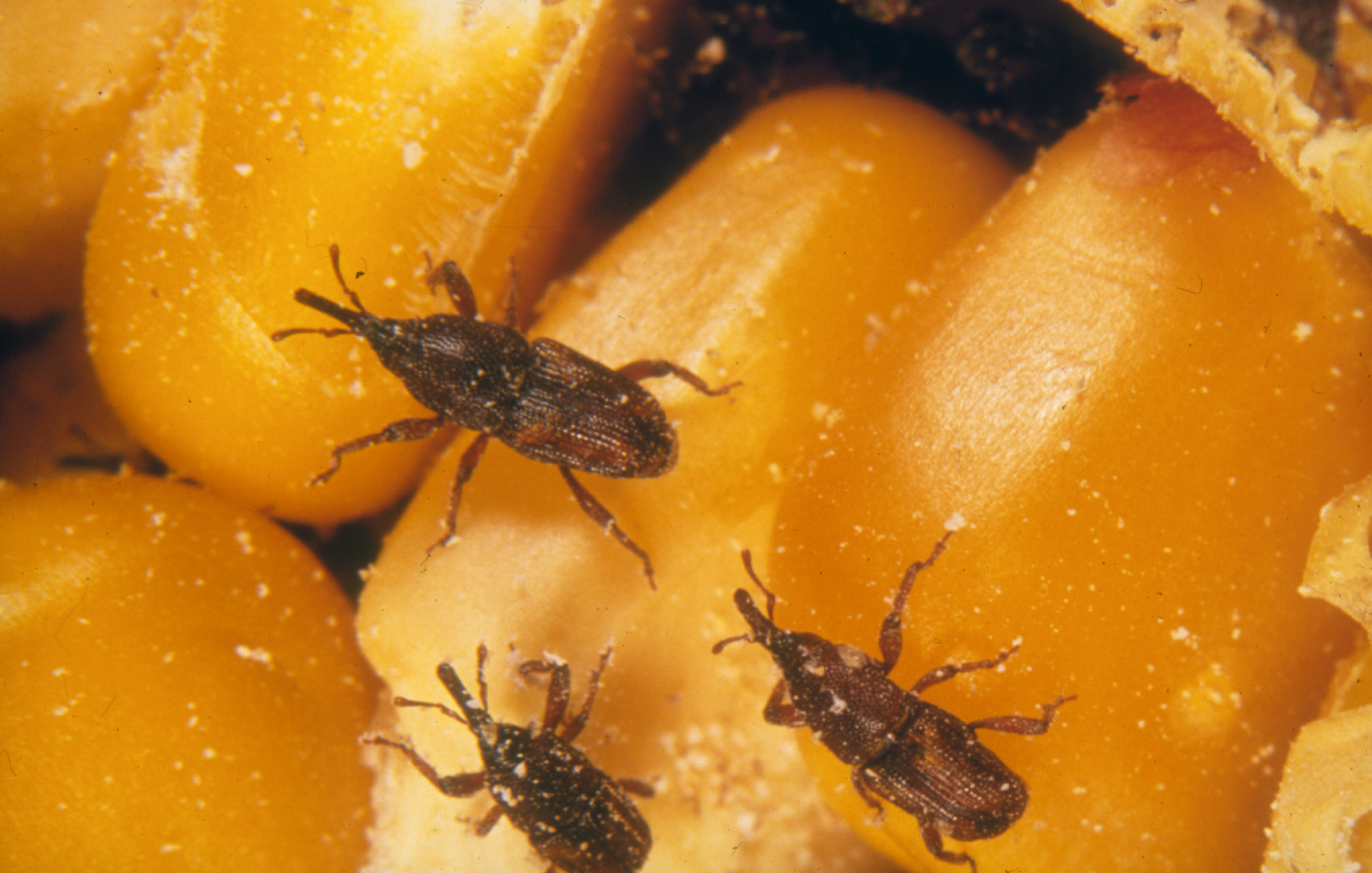
Understanding the rice weevil’s life cycle changes how you should approach grain storage in your home. That beetle you discovered wasn’t a recent arrival – it was the culmination of a weeks-long development process that began long before you brought the rice home. This knowledge empowers you to take proactive steps rather than simply reacting to infestations after they become obvious.
The next time you open a bag of rice, remember that you’re potentially looking at a complex ecosystem rather than just a simple food product. Those grains may harbor invisible life forms in various stages of development, representing a fascinating example of how nature adapts to human-created environments. While the presence of beetles in rice might be unsettling, it’s also a reminder of the incredible persistence and adaptability of life on Earth.
The tiny beetle in your rice bag tells a story of global trade, biological adaptation, and the ongoing relationship between humans and the natural world. What started as a simple pest problem reveals layers of complexity that span continents and centuries, reminding us that even the most mundane aspects of daily life connect us to larger ecological and historical patterns.

